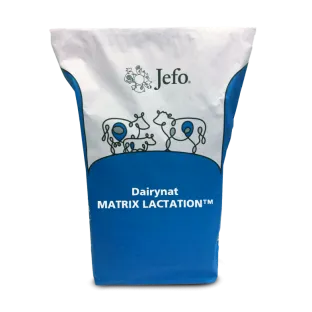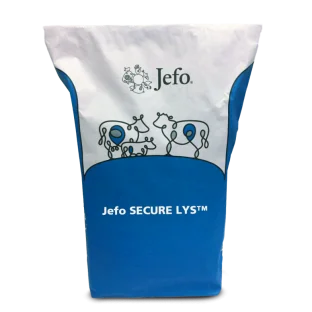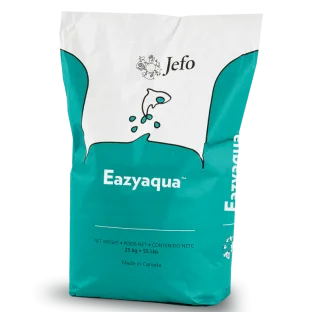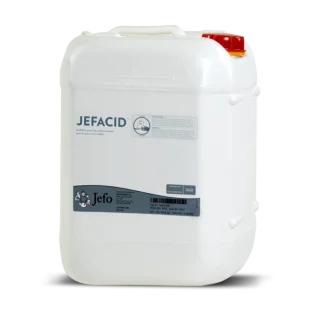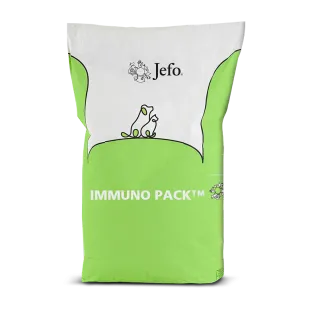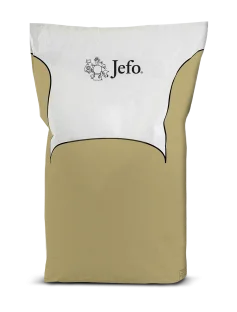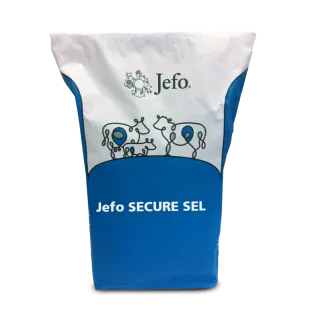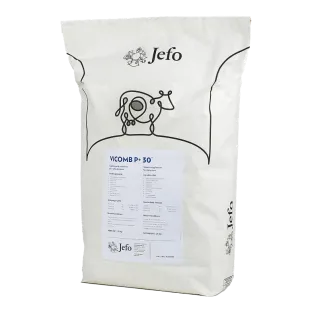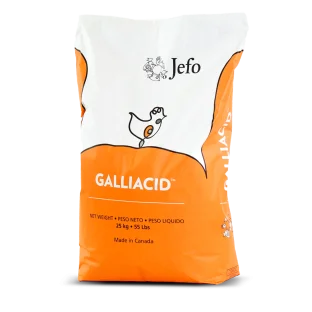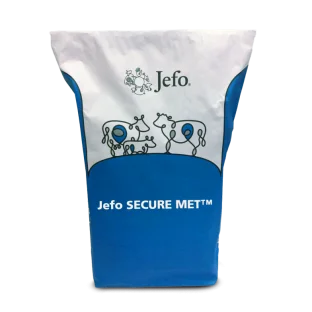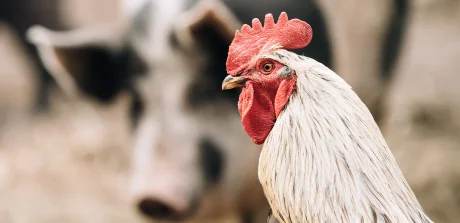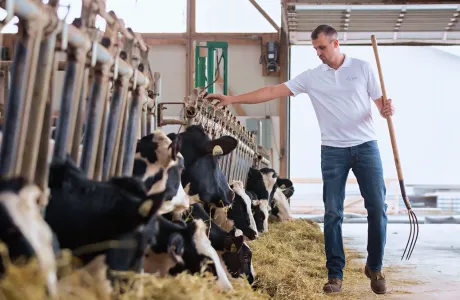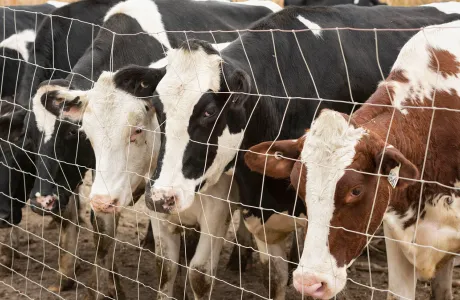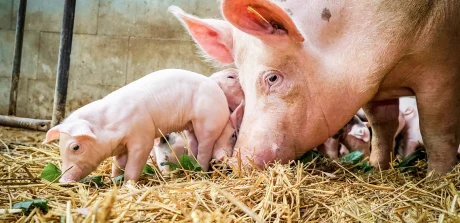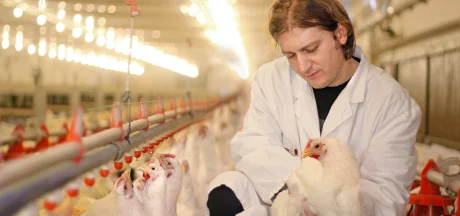- Article
- Poultry
- Pathogens
- Immunity
- Egg
- Management
- Ingredient Stability
- Antibiotics
Synergistic Nutritional Strategy to Combat Colibacillosis in Poultry
The poultry farming is constantly challenged by avian pathogenic Escherichia coli, which is responsible for colibacillosis, a systemic infection that negatively impacts animal welfare and performance causing losses on poultry operations and public health concerns. The financial and performance repercussions can be severe, affecting every production stage.
The cost of E. coli infection
The impact of colibacillosis can be severe. It can lead to contaminated eggs, lower hatchability, and egg explosions in the hatchery. Additionally, early chick contamination can result in higher mortality rates, especially in the first days, and reduced growth performance. Health issues like diarrhea, dehydration, and loss of appetite can follow, leading to septicemia and carcass condemnation due to ailments like cachexia, airsacculitis and cellulitis.
A twofold defense: biosecurity and nutrition
Combating E. coli effectively requires a holistic approach that combines strong biosecurity practices with strategic nutrition. Here's how:
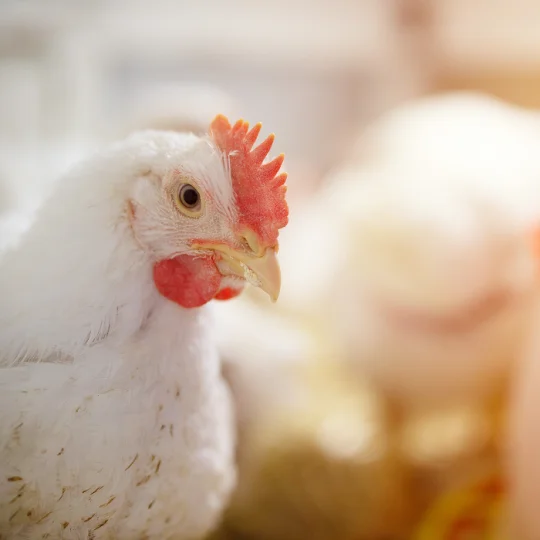
Biosecurity best practices
- Thorough Cleaning: implement rigorous cleaning and disinfection protocols.
- Water Quality: ensure optimal water quality to prevent infections.
- Quality Chicks: start with strong, healthy chicks to build a resilient flock.
- Environment Control: manage air humidity, downtime, stocking density, and heat to minimize stressors.
Rethinking nutrition
Moving away from antibiotics, which face growing resistance and restrictions, nutritional innovation is key. The use of high quality raw materials and the promotion of intestinal health are crucial. The focus is shifting to low-protein diets enhanced with gut-health additives.
Innovative additives:
- Protected Organic Acids & Essential Oils: act directly against pathogens like E. coli in the animal's intestine, modulating gut health.
- Enzymes (Jefo Protease & Jefo Xylanase):
- Jefo Protease: boosts protein digestion and gut health, reducing undigested proteins which feed pathogens.
- Jefo Xylanase: produces prebiotics that strengthen beneficial bacteria, reducing pathogen pressure.
These additives not only improve gut health but also fortify the bird’s natural defenses, making them pivotal in preventing E. coli proliferation and colibacillosis.
Conclusion: integrative approach for healthier flocks
Avoiding E. coli challenges in poultry demands an integrative strategy blending meticulous management with forward-thinking nutritional solutions. By prioritizing biosecurity and making use of technological feed additives, poultry producers can safeguard their flocks, enhance productivity, and improve economic returns. Staying informed in our latest research to ensure practices that champion bird health, welfare and productivity.
